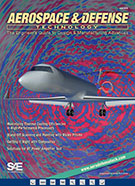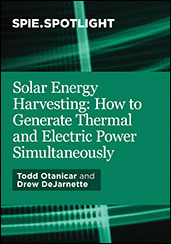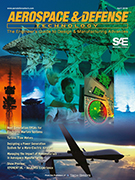Technical Paper
Vacua Buoyancy Is Provided by a Vacuum Bag Comprising a Vacuum Membrane Film Wrapped Around a Three-Dimensional (3D) Frame to Displace Air, on Which 3D Graphene “Floats” a First Stack of Two-Dimensional Planer Sheets of Six-Member Carbon Atoms Within the Same 3D Space as a Second Stack of Graphene Oriented at a 90-Degree Angle
2010-11-02
2010-01-1784
In Figures 3-5, 3D graphene "floats" a first stack of two-dimensional (2D) planar sheets of six-member carbon atoms within the same 3D space as a second stack of graphene oriented at a 90° angle. 3D graphene atomic trap nanomembranes in Figure 3 that ring link six-member carbon atoms together maintain an extremely high vacuum for the greatest buoyancy of a Vacua Dirigible. 3D graphene atomic trap nanomembranes can become an extremely high pressure air beam where no other material is as thin, strong, flexible, electrically conductive, and gastight. ...New graphite ultrathin nanomembranes made of layered graphene make vacuum bags gastight. An electric swing cycle is applied across nanomembranes to reduce air density on selected outside dirigible surfaces to gracefully control buoyancy. ...These thirty-two vacuum bags are manufactured from gastight six-member carbon molecules of graphene arrayed into composite ultrathin nanomembranes. Each surface of the hexagon vacuum bags gastight nanomembranes are individual electric circuits.









